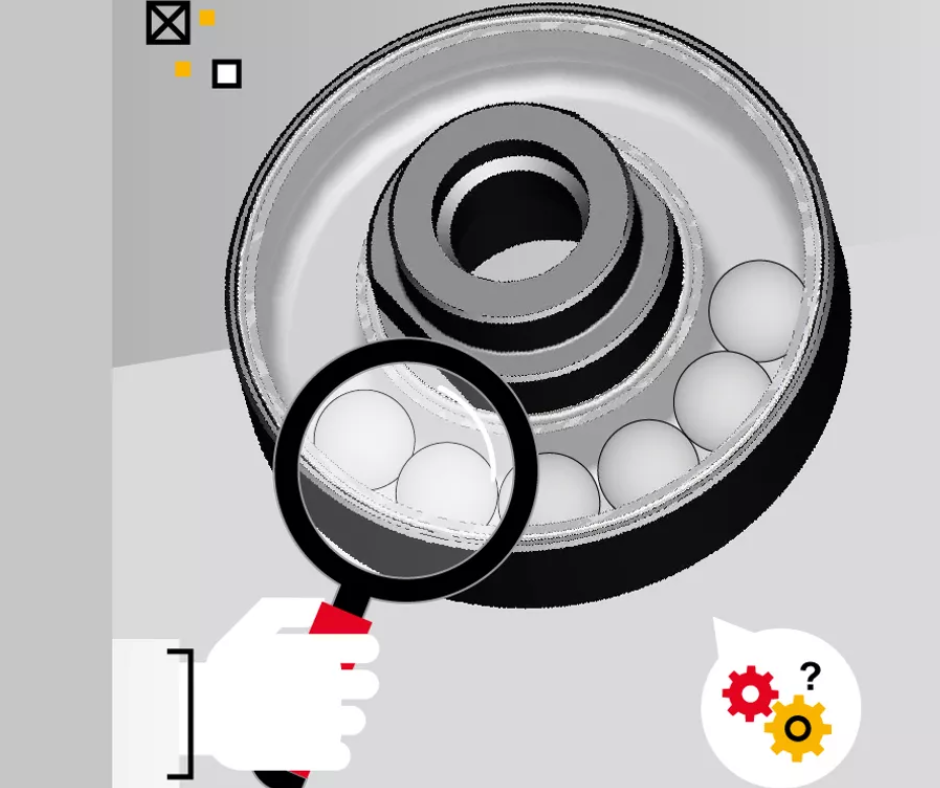Proportioning the Compressed Air Dryer
Trying to figure out which air dryer capacity is best for you? Here are some factors to consider. Read More…
Power tools are a key to productivity in the oil & gas or the metal working industry. Maintenance and production tasks must be carried out efficiently, however intensive use of vibrating power tools, such as grinders, can expose operators to Hand Arm Vibration Syndrome (HAVS). How can we reduce risks, improve productivity and reduce the abrasive costs at the same time?
 In
order to prevent workers from experiencing HAVS, to comply with the European Directive 2002/44/EC, and to prioritize best practice,
you should consider tools with an autobalancer. This will help to reduce vibration levels and operators’ fatigue, thereby ensuring users’
safety while improving productivity and profitability ratios. Additionally, the extra cost of the autobalancer is quickly compensated by
the decreased abrasive consumption and the increased productivity.
In
order to prevent workers from experiencing HAVS, to comply with the European Directive 2002/44/EC, and to prioritize best practice,
you should consider tools with an autobalancer. This will help to reduce vibration levels and operators’ fatigue, thereby ensuring users’
safety while improving productivity and profitability ratios. Additionally, the extra cost of the autobalancer is quickly compensated by
the decreased abrasive consumption and the increased productivity.
It is important to keep in mind the simple measures that can be implemented to minimize the risk of Hand-Arm Vibration Syndrome (HAVS). These include selecting a robust tool with a short trigger time that is appropriate for the task at hand, ensuring hands are kept warm, taking regular breaks, and alternating between tasks and grip positions with varying levels of stress.
Célia Esnault, Global Product Marketing Manager at Chicago Pneumatic
Quite simply, an autobalancer stabilizes a tool. An autobalancer is a disk, such as ball bearing, with freely moving balls inside that is fixed onto the output of the tool as a flange, and spins at the same speed as the tool’s output. While spinning, the balls compensate for any abrasive imperfection. Their fast rotation creates a gyroscopic effect that balances the tool, greatly reducing any vibration.
An autobalancer is considered as one of the best anti-vibration options for power tools, not only because ergonomics are improved but also because operators’ fatigue is reduced and consequently the risk of injury decreases. Moreover, users can work with these tools for longer as they reach their maximum limit of vibration later than when they work with tools that do not include this feature.
By choosing a tool with an autobalancer there are many benefits:
Ash Air has been around in New Zealand since 1979, and we’ve grown into a nationwide company with international support and a
reputation for quality and reliability.We look after all things compressed air for your business!
Ash Air's range of Chicago Pneumatic, ALUP, Pneumatech, and Atlas Copco products are used extensively around the world in
industries ranging from oil and gas to food, automotive and farming, and we bring you these world-class compressors here in the land of
the long white cloud.Our technicians are compressed air equipment experts and are dedicated to addressing customer needs. Supported with
nationwide coverage, Ash Air offers one of the widest selections of compressed air, vacuum pump, and industrial gas equipment and parts
available today in New Zealand.
With Ash Air, you can count on reliability and high performance for even the most demanding applications. We focus our efforts
on the following:
Talk to the team today:
Proportioning the Compressed Air Dryer
Trying to figure out which air dryer capacity is best for you? Here are some factors to consider.
Read More…
Maintenance budget: 8 factors to consider
Just like any other equipment, a compressed air installation also requires the necessary maintenance work during its entire
lifespan. Even though maintenance costs are only about 5 to 10% of a machine's annual operating costs, failure to budget for
maintenance can have potentially disastrous consequences.
Read More…
The air dyer is one of the most ignored cooler in the system. A dirty condenser will cause water in the lines, or worse it will cause
complete dryer failure.
Read More…
Do you have an idea for our #expertcorner? Let
us know!
Who we are and how Ash Air can help your business!
Reliability and Efficiency
Read more from our #expertcorner